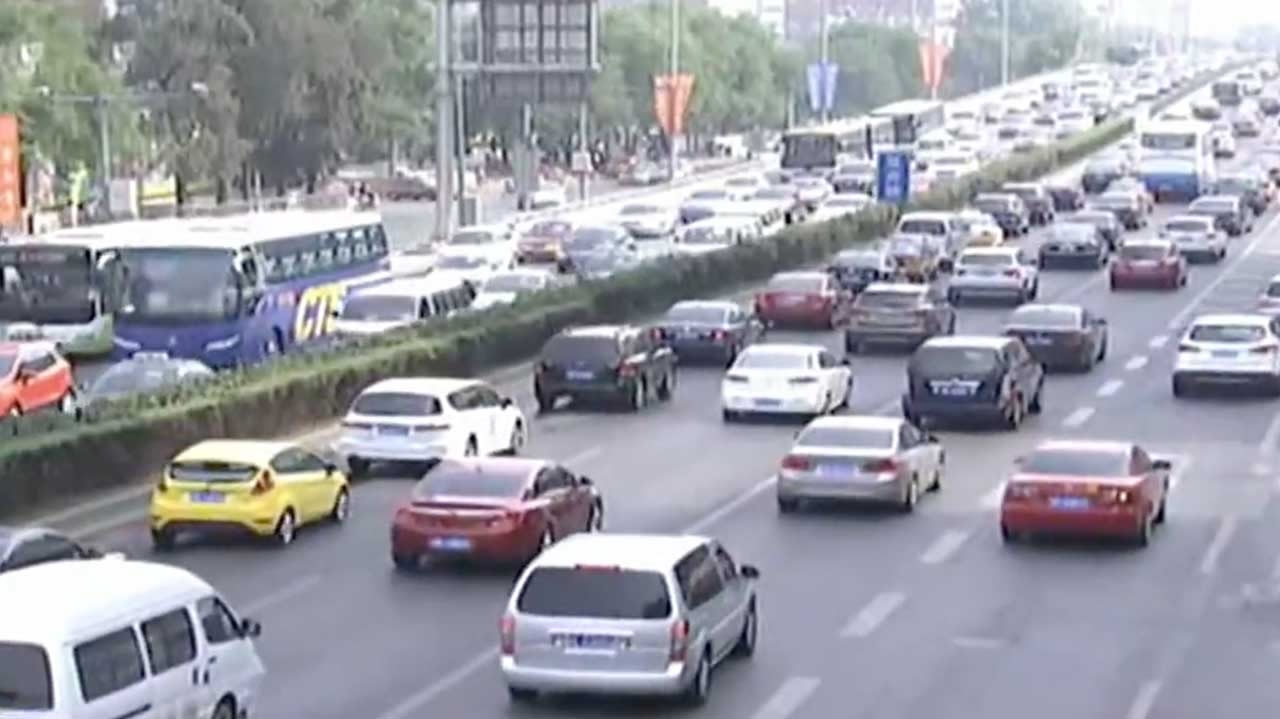
Traffic
14:54, 19-Nov-2017
Remembering Traffic Victims: Ongoing efforts to boost safety awareness in China
By Ren Xueqian

The World Day of Remembrance for Road Traffic Victims takes place on the third Sunday of November every year. This year’s event falls on November 19th.
This UN endorsed holiday is part of global efforts to reduce road casualties by drawing attention to the scale of emotional and economic devastation caused by road crashes. In light of this, we asked commuters in China how safe they feel on the roads, and find out what the country has done to boost safety awareness.
When talking about traffic in China, probably one of the first things that come to mind is congestion. But heavy traffic doesn’t always lead to traffic accidents; it’s bad driving behaviors – failure to check blind spots before changing lanes, swerving from lane to lane, sudden braking, making sudden turn in the middle of traffic, speeding at pedestrian crossings, etc. – that often lead to the emergency room.
The World Health Organization says road accidents leave about 1.2 million people hurt or dead every year. In China, the estimated tally is some 260,000, of which 60% are so-called vulnerable road users like pedestrians, cyclists, and people on motorcycles.
"It's challenging to drive among motorcyclists because they're fast and often appear out of nowhere,” a resident said. “Some even ride in opposite direction of ongoing traffic... all of which can lead to accidents." In addition to avoiding run-ins with the sprawl of speeding cyclist, commuters say the increasing number of cars has become a headache as well.
One commuter told CGTN that, "there are way more cars today than before. A lot of them park anywhere on the streets, blocking bike lanes and sidewalks, forcing pedestrians to take the main road."
China began managing the flow of traffic in the 1980s, as more people transitioned to cars from bikes and motorcycles.
Professor Shi Jing of the Institute of transportation Engineering at Tsinghua University said increased awareness of traffic safety for both commuters and the government has led to fewer road-related deaths.
"The number of traffic-related deaths has lowered,” Shi said, “as there are more people educated on traffic laws, increased enforcement of penalties on law breakers, and improvements on vehicle safety. But accidents can still occur because demand for car ownership in China remains high and people's understanding of proper traffic etiquette is low."
Shi added that vehicle motorization is still an ongoing process for many Chinese drivers. More people in China are driving cars for the first time in their lives. Add to that the fact that rural resident are moving into already-crowed cities at an accelerated pace.
The government wants to minimize fatalities on the nation’s streets. But keeping everyone safe should be everyone’s responsibility.

SITEMAP
Copyright © 2018 CGTN. Beijing ICP prepared NO.16065310-3
Copyright © 2018 CGTN. Beijing ICP prepared NO.16065310-3